The idea of this project to develop different components that help us in running a DC microgrid. This will involve different tasks in the grid, like putting energy into the grid, consuming energy from the grid, connecting smaller sections together, etc. Over time, we'd like to include additional functions such as testing of equipment and monitoring of the grid, or individual units of the grid.
At CCCamp, a workgroup was formed to discuss and develop different ideas on how a DC grid could look and work like. There's a collection of some of these concepts at altpwr.net. This is supposed to be a concrete implementation of some of these concepts.
 tiefpunkt
tiefpunkt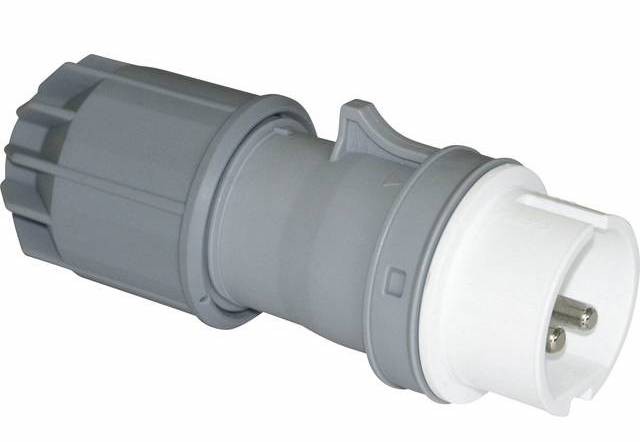
![SparkFun Electronics from Boulder, USA [CC BY (https://creativecommons.org/licenses/by/2.0)] SparkFun Electronics from Boulder, USA [CC BY (https://creativecommons.org/licenses/by/2.0)]](https://cdn.hackaday.io/images/2164391578953510377.jpg)
![Nicolas Herrmann [CC BY-SA (https://creativecommons.org/licenses/by-sa/4.0)] Nicolas Herrmann [CC BY-SA (https://creativecommons.org/licenses/by-sa/4.0)]](https://cdn.hackaday.io/images/6076191578953581998.jpg)
![The original uploader was Jmb at English Wikipedia. [CC BY (https://creativecommons.org/licenses/by/2.5)] The original uploader was Jmb at English Wikipedia. [CC BY (https://creativecommons.org/licenses/by/2.5)]](https://cdn.hackaday.io/images/3752151578953419678.jpg)
![Multi-Contact AG [CC BY-SA (https://creativecommons.org/licenses/by-sa/3.0)] Multi-Contact AG [CC BY-SA (https://creativecommons.org/licenses/by-sa/3.0)]](https://cdn.hackaday.io/images/649481578953740475.jpg)

![Staycoolandbegood [CC BY-SA (http://creativecommons.org/licenses/by-sa/3.0/)] Staycoolandbegood [CC BY-SA (http://creativecommons.org/licenses/by-sa/3.0/)]](https://cdn.hackaday.io/images/1413021578955045342.jpg)
![Cqdx [CC0] Cqdx [CC0]](https://cdn.hackaday.io/images/6490631578955234455.jpg)
![Simon A. Eugster [CC BY-SA (https://creativecommons.org/licenses/by-sa/3.0)] Simon A. Eugster [CC BY-SA (https://creativecommons.org/licenses/by-sa/3.0)]](https://cdn.hackaday.io/images/5426771578954908275.jpg)
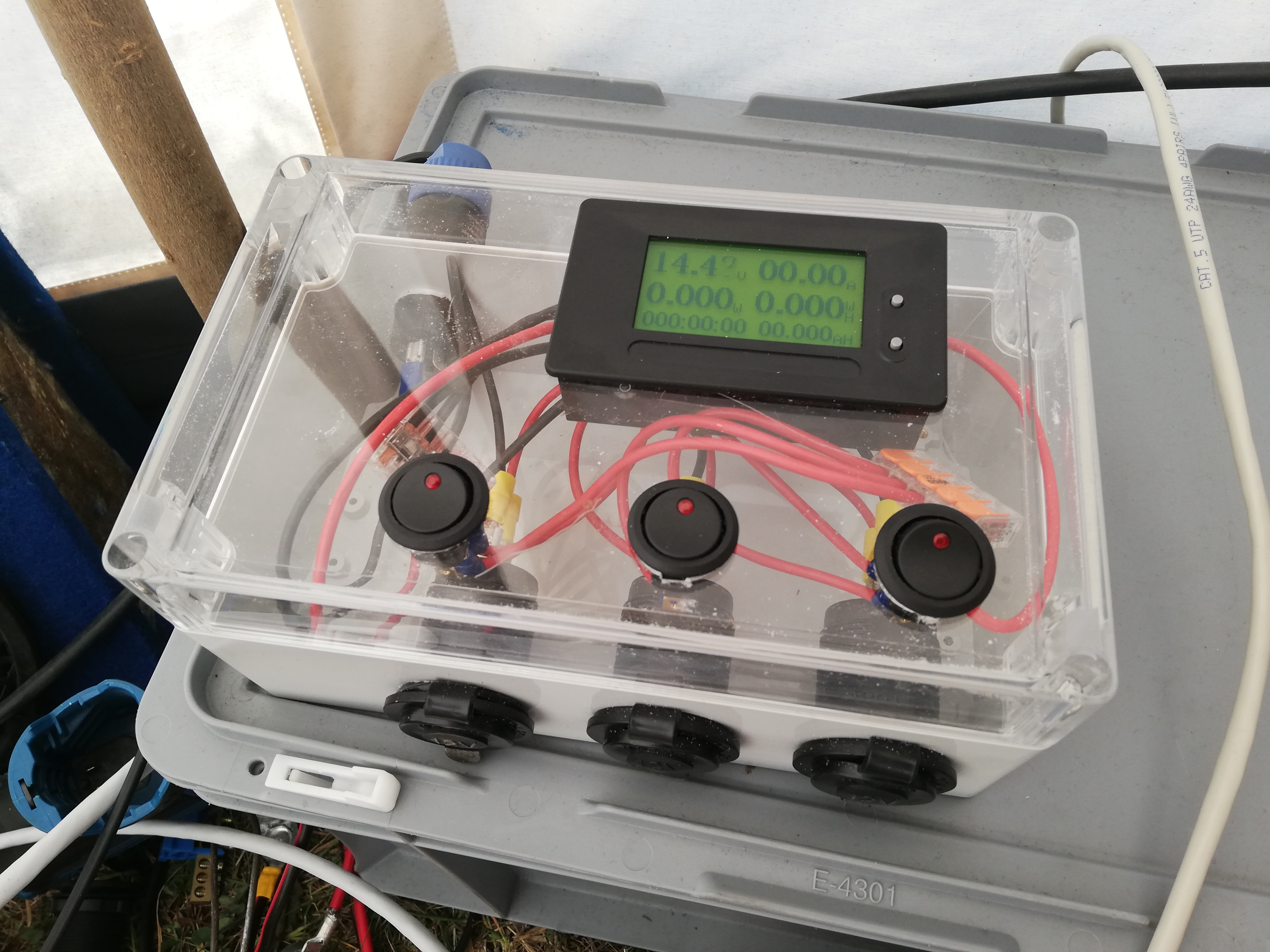
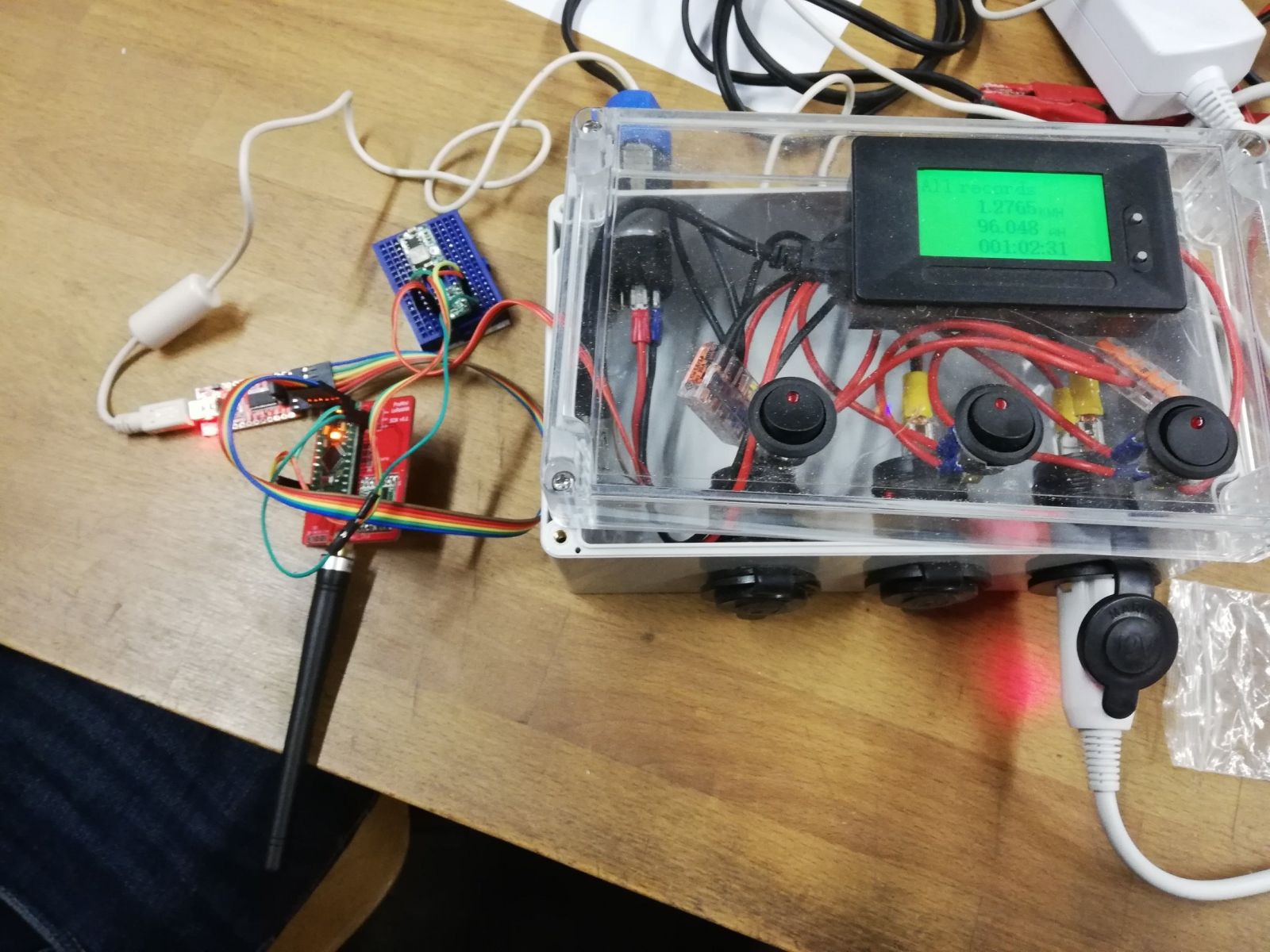
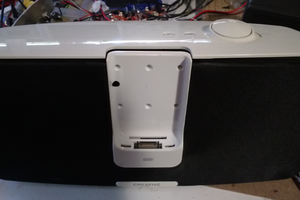
 Stefan Kratz
Stefan Kratz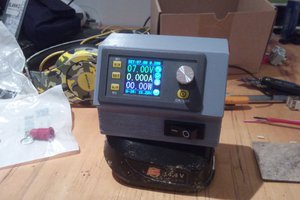
 weingaunity
weingaunity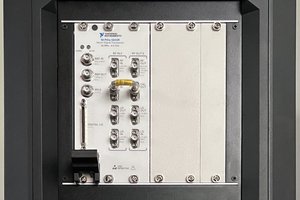
 Marsupilami
Marsupilami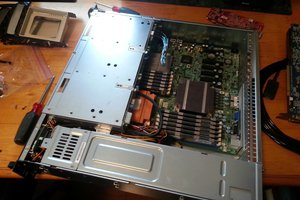
 Michael Murillo
Michael Murillo